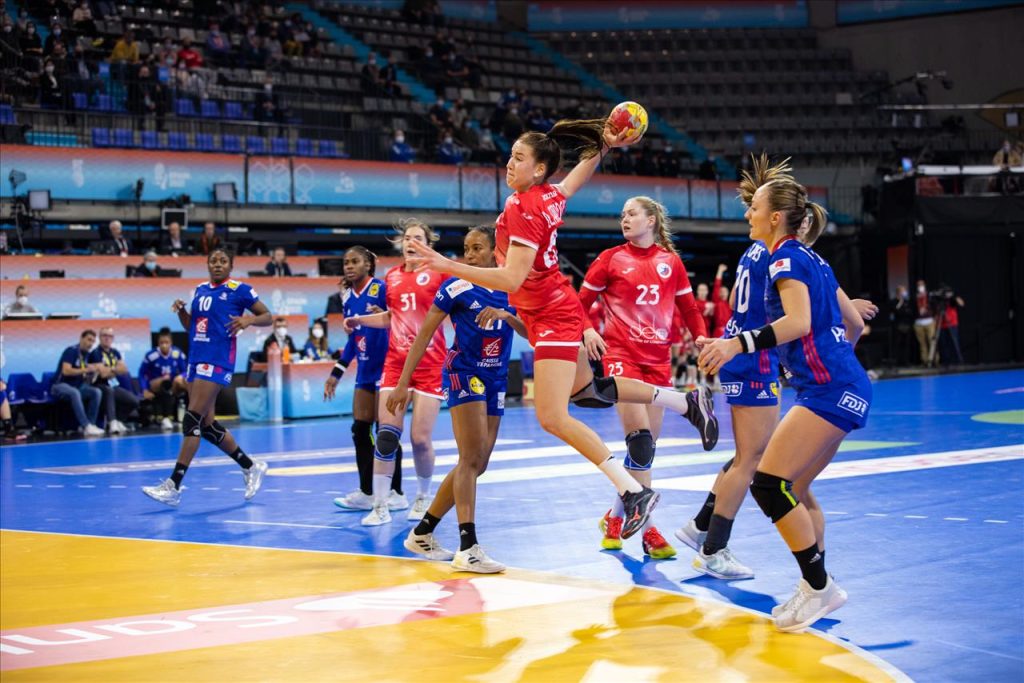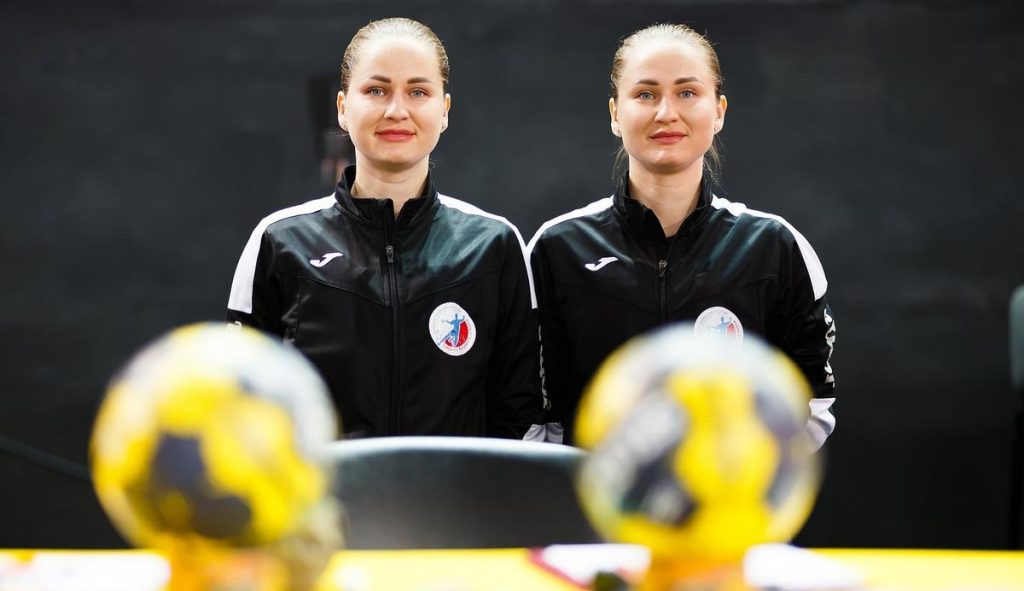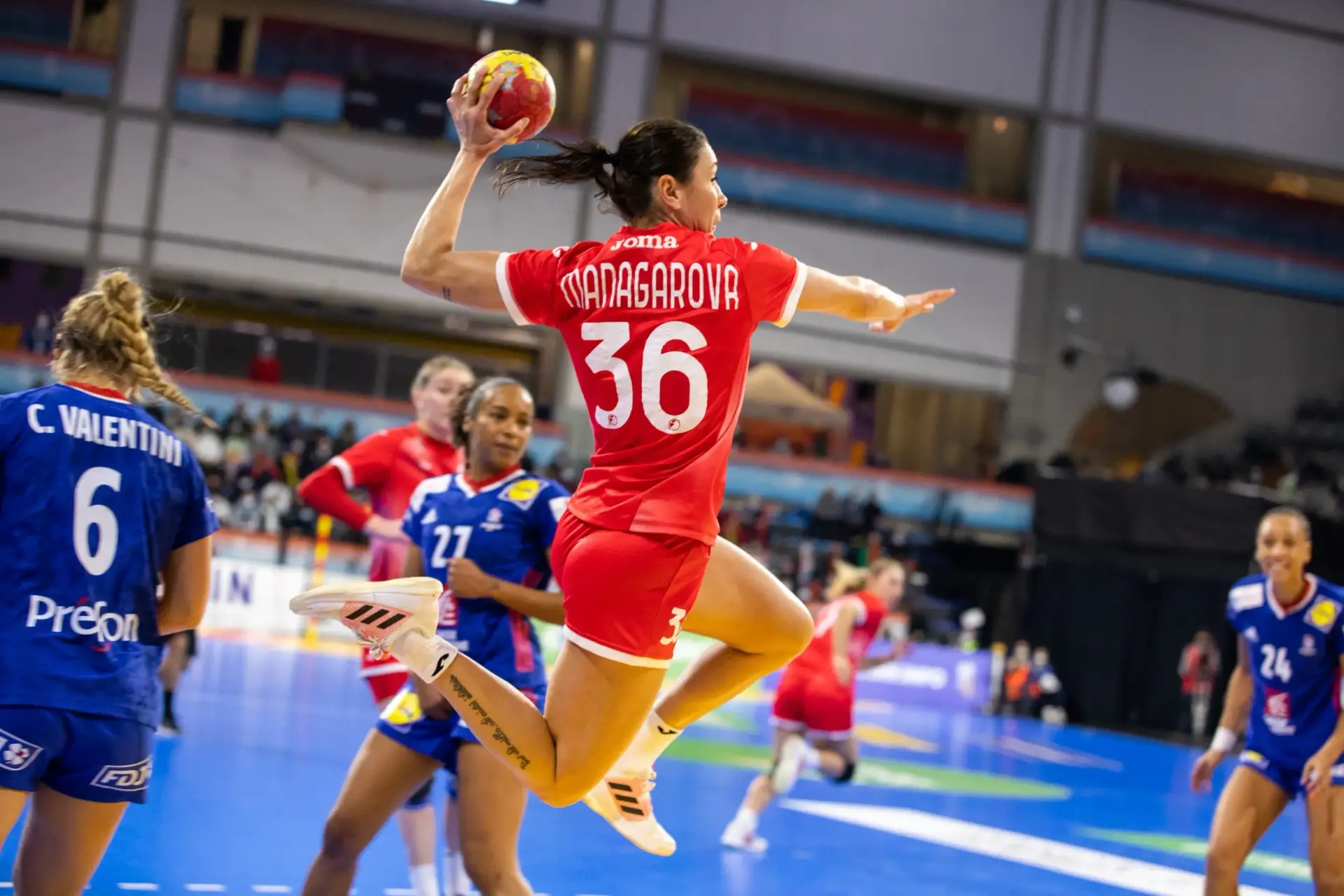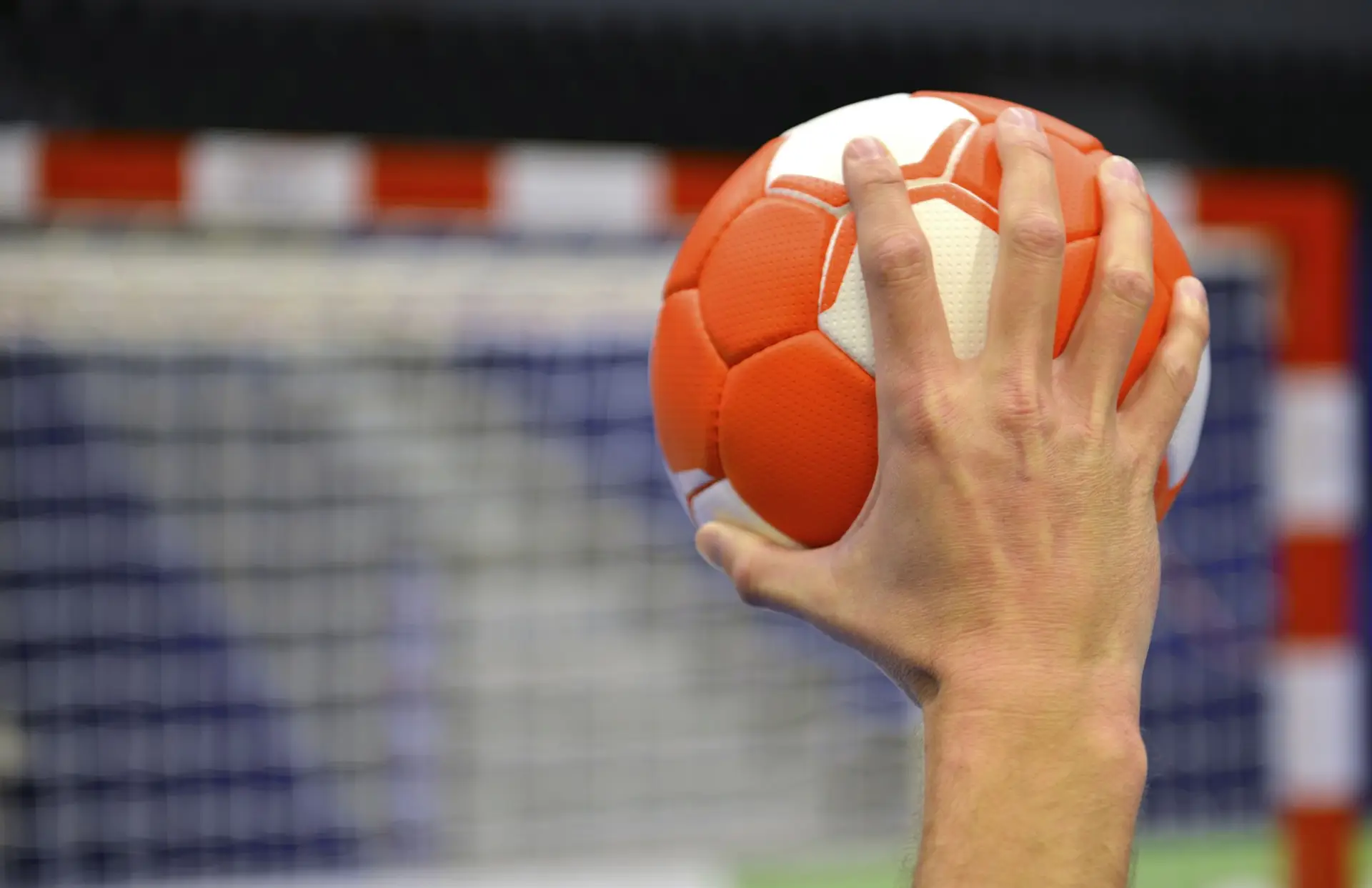Handball holds a special place among team sports, combining a dynamic pace and complex tactical schemes. Understanding the main rules of handball helps newcomers adapt quickly to intense training, master basic techniques, and avoid common violations. The fundamental principles of the discipline allow forming an understanding of what this sport is and how it differs from others.
Basic Concepts: What is Handball and How is it Structured?
Handball is a sport where two teams compete to score goals by throwing a ball into the opponent’s net. The match consists of two halves of 30 minutes each, and each player must possess skills in ball handling, dribbling, setting screens, and defensive interactions. Understanding the main rules of handball that define permissible actions helps adapt quickly to game situations.
Special attention is paid to maintaining distance during penalty throws and the accuracy of passes. Violating the regulations leads to a game stoppage and a turnover to the opposing side.
Key Principles that Define Success
 For a systematic mastery of the discipline, it is important to rely on clear rules. Below is a list of basic provisions without which it is impossible to build a reliable defense and effective attack:
For a systematic mastery of the discipline, it is important to rely on clear rules. Below is a list of basic provisions without which it is impossible to build a reliable defense and effective attack:
- the ball can be carried for no more than three steps without dribbling, after which a pass or shot is required;
- when shooting in a jump, a player is not allowed to step on the goalkeeper’s area line;
- passes can be made in any direction, but the opponent is entitled to intercept;
- when dribbling, it is forbidden to touch the ball with both hands simultaneously;
- ball possession time is limited by passive play, for which the team may lose the ball.
These provisions form the basis of the main handball rules, influencing the dynamics of each play.
Basic Handball Rules and Ball Handling
Ball handling technique becomes a crucial part of training. Handling involves control with one hand and the ability to quickly transition to a shot. Dribbling must be done with a clear sense of pace to prevent interception by the opponent.
Experienced players emphasize that the effectiveness of the attack and the percentage of goals scored depend on the accuracy of ball handling. Understanding the main handball rules allows newcomers to quickly master basic techniques.
Referee Gestures and Their Significance for Players
In handball officiating, a clear set of gestures is used to inform about violations, timeouts, or penalty throws. Gestures indicate situations such as running, fouls, or passive play. When assessing events, the referee follows the general rules of the game and clarifying comments from the international federation.
Knowledge of signals helps players orient themselves on the court, adjust their actions, and prevent disciplinary actions.
Main Handball Rules: Shooting Technique and Defense
Shooting technique includes jump shots and penalty execution. During an attack, it is important to monitor foot positioning, as stepping on the goalkeeper’s area line is considered a violation. Defenders aim to minimize free zones using screens and tactical movements.
To master the main handball rules, attention must be paid to reaction training and understanding game schemes. Coordinated team actions allow for a quicker transition from defense to attack and control of the score.
Tactics and Strategy: The Role of Team Play
Tactical preparation combines practicing combinations and teamwork skills in defense. Proper player positioning creates conditions for effective interaction, and regular training helps develop a sense of partnership.
The main strategy is based on observing the main handball rules and adapting to the opponent’s style. Team discipline and clear organization are key to success.
Key Techniques to Master
For comprehensive skill development, it is useful to master the following techniques. Below is a list of skills required for every athlete:
- dribbling with ball control and transition to a pass;
- accurate execution of penalty throws;
- setting screens and blocking passages;
- quick reaction to interceptions;
- correct use of timeouts for recovery.
Continuous skill improvement helps confidently apply the main handball rules in practice.
Sports Equipment and Its Importance
Special handballs that meet standards are required for training. Size and weight suitable for the players’ age remain important criteria. Clothing should provide freedom of movement, and footwear should ensure reliable grip on the surface.
Using quality sports equipment contributes to safety and the development of proper technique.
Training and Discipline
Training is aimed at mastering all elements: ball handling, passes, shots, tactics. Regular training builds endurance and helps solidify an understanding of how the main handball rules work.
Discipline is an integral part of preparation. Each player must strictly adhere to the regulations and show respect to opponents.
Conclusion
 Handball is a dynamic sport where precision, speed, and tactical thinking are crucial. Mastery of technique and a clear understanding of the main handball rules form the basis of successful play.
Handball is a dynamic sport where precision, speed, and tactical thinking are crucial. Mastery of technique and a clear understanding of the main handball rules form the basis of successful play.
Continuous attention to training, analyzing one’s own mistakes, and interacting with the team help achieve consistent results. Proper understanding of the regulations makes the sport engaging and safe!
 en
en  ru
ru  de
de  ar
ar  es
es  nl
nl  hi
hi  fr
fr  it
it  pt
pt  el
el 










